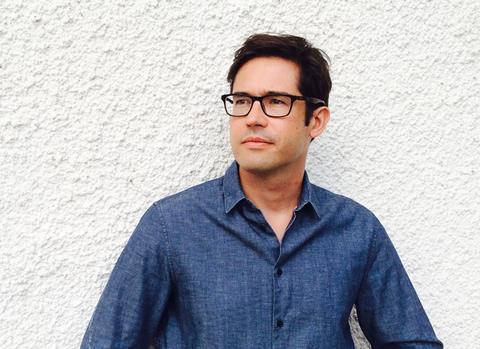Sustainability is about more than the challenges of climate change. We should remember we are custodians of what surrounds us, argues Ben Flatman


Cedric Price famously advised his clients that they did not need a building. With COP26 well underway and construction contributing close to 40% of global carbon dioxide emissions, there is more of a moral imperative on architects to consider their role in the climate crisis than ever.
So, have we now reached the point where the entire profession needs to step back and consider advising clients against that new building they are asking for?
The truth is that, as a culture, we destroy far too many old structures every year and architects are often complicit in this. While most of us accept the need for retaining some buildings of historic interest, there remains a strong tendency towards seeing new-build as best.
It is part of the DNA of most architects that their mission is to lay down foundations and build afresh from the ground up. But such an approach is fast becoming out of step with the times.
There are of course pockets of the profession that have long known the value and rewards that come from working with existing structures. For conservation architects, this kind of approach is their very bread and butter.
But other practices, notably Haworth Tompkins, have been peeling away layers and revelling in the rich palette of found materials that comes from working within the constraints of retained old buildings for years. Their careful, considered architecture points the way to a different way of working.
There should be a move towards a statutory presumption against demolition unless tough criteria are met to justify it
This ethos now needs to be taken to the next level and embedded in everything architects do, from the university design studio onwards. Every architectural student should be required to undertake at least one project that involves the retention and reinvention of an existing building.
And there should be a move towards a statutory presumption against demolition unless tough criteria are met to justify it. This might be underpinned by a much more extensive listing system, with many more historic buildings given outright protection against demolition.
Such a change would of course require a radical overhaul of the UK tax system. The government needs to bring an end to the absurdity of what currently amounts to a taxpayer subsidy for knocking things down.
The ridiculous VAT rates that incentivise new build and penalise renovations should be torn up. Government fiscal policy needs to consistently push the construction industry towards the retention and reuse of existing buildings.
Sustainability and architectural conservation go hand in hand. The underlying strength and character of the vast majority of Britain’s towns and cities lies in our huge stock of what are very often criminally underappreciated ordinary old buildings.
The wave of architectural snobbery that led to swathes of decent Victorian urbanism being torn down in the post-war era tore the heart of countless provincial town centres. And having spent a formative part of my youth in Birmingham, I am very conscious of the harm we continue to do to our cities due to the on-going neglect and often needless demolition of historic buildings. In recent decades, much good modernist architecture has gone the same way.
The creativity that architect’s require today is the type which sees an existing building as a challenge and an opportunity, not an irritating reminder of the past
The “progressive” architect’s justification for demolition has always been that, by retaining too much of the old, we stifle progress and creativity. But this argument won’t wash any more.
The creativity that architects require today is the type which sees an existing building as a challenge and an opportunity, not an irritating reminder of the past deserving no more than to be swept aside. This means treating even everyday and unexceptional buildings with a new reverence and respect.
The argument for keeping more existing structures goes way beyond CO2. Understood holistically, sustainability is not just about the challenges of climate change and ecosystem collapse. Sustainability must be about the creation and preservation of places in which people will want to live and work, not just for decades to come, but centuries hence.
>> From the archive: Will Steven Spielberg wake Birmingham up to its own potential?
As architects, we need to expand our definition of the concept to embrace social and mental sustainability. This means recognising the benefits that communities often accrue from their familiar historic streetscapes.
The shared memories and sense of identity and belonging that can come from a retained and well-maintained built environment need to be embraced. Crucially, ordinary buildings, as much as the stand-out listed structures, play their part in these streetscapes.
In order to achieve this step change, we need to lose some of the heroic and ego-driven tendencies that too often pervade our profession and embrace a new role as patient custodians of what surrounds us.
















1 Readers' comment